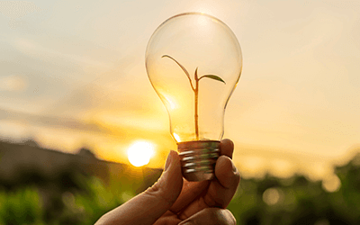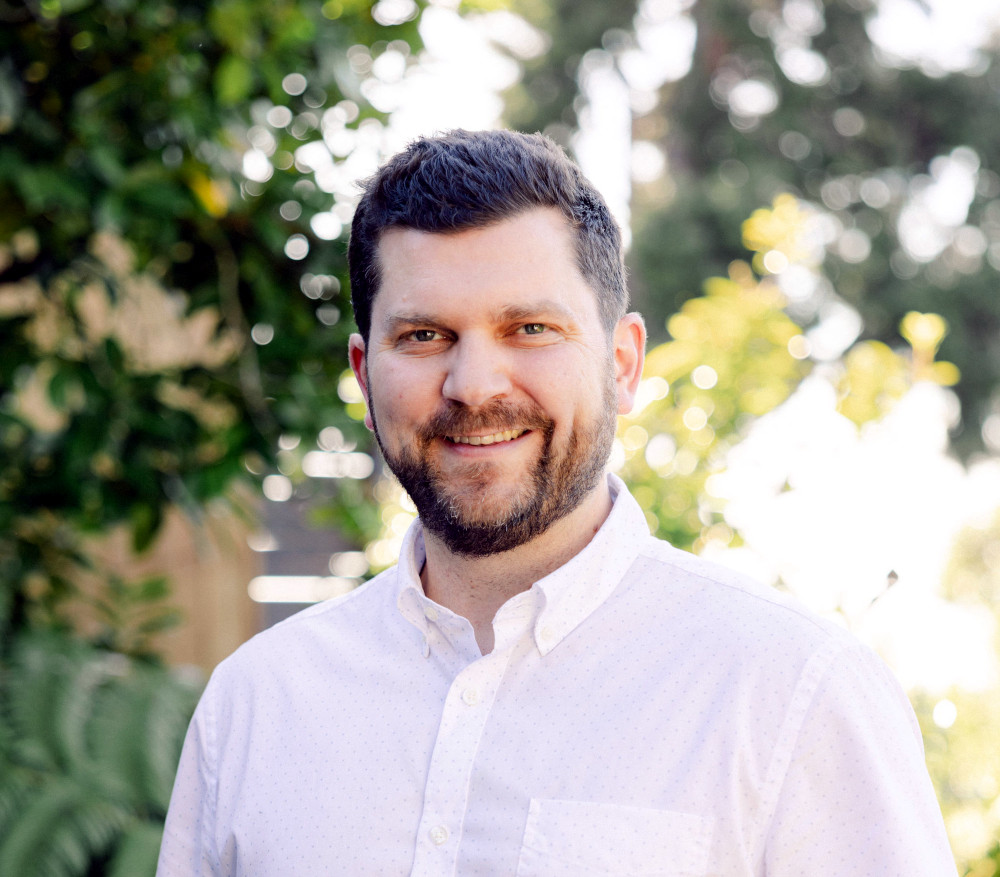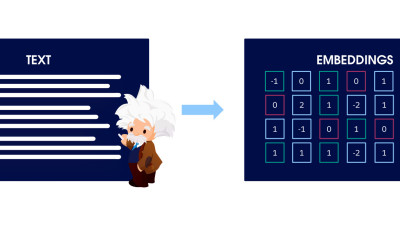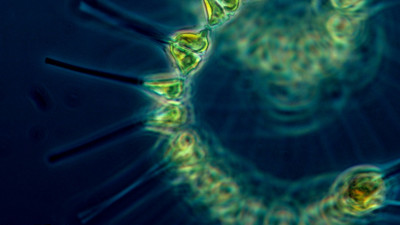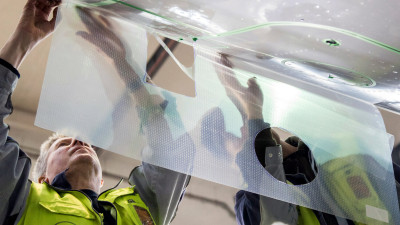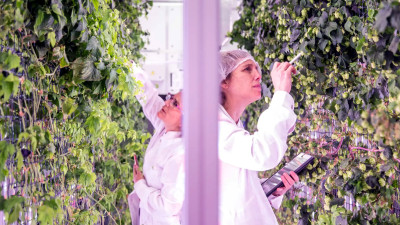Microsoft, Siemens and FuelCell Energy have come together to build what they claim is the first zero-carbon, waste-to-energy data center in the U.S.Microsoft's data center in Cheyenne, Wyoming uses biogas produced at the nearby Dry Creek facility, which is a byproduct of municipal wastewater treatment. Anaerobic bacteria produce the biogas while stabilizing solids removed from wastewater. The fuel cell electrochemically converts the biogas into electricity to power the Microsoft IT server container. Virtually no air pollutants are released because of the absence of combustion.
Microsoft, Siemens and FuelCell Energy have come together to build what they claim is the first zero-carbon, waste-to-energy data center in the U.S.
Microsoft's data center in Cheyenne, Wyoming uses biogas produced at the nearby Dry Creek facility, which is a byproduct of municipal wastewater treatment. Anaerobic bacteria produce the biogas while stabilizing solids removed from wastewater. The fuel cell electrochemically converts the biogas into electricity to power the Microsoft IT server container. Virtually no air pollutants are released because of the absence of combustion.
The fuel cell plant is expected to produce 300 kilowatts of renewable power while the datacenter will only use about 200 kW. The remaining kilowatts will be delivered back to the wastewater treatment plant to reduce its electric bills.
Siemens worked with Microsoft and FuelCell Energy to engineer and install power monitoring equipment for the data center. This technology measures the performance and energy output of the fuel cell so enough consistent power is delivered to run the data center 24-7. By utilizing this intelligent software, alternative resources like biogas and technologies such as fuel cells can be a proven source of reliable energy for critical installations.
Other advantages include reliable base load power for continuous electricity and heat and on-site power production to improve reliability without the cost of electrical transmission and distribution.
As part of the integrated solution, Siemens also provided environmental controls for this project inside the datacenter to manage air temperature, flow, and humidity. Siemens also provided circuit breakers that deliver energy to the servers and protect power supply in cases of low or high energy levels within the container.
A coalition of industry, University of Wyoming, Business Council, Cheyenne LEADS, Cheyenne Board of Public Utilities, the Western Research Institute and state and local government partners led to the project coming to fruition. University of Wyoming students will have access to the plant for further research.
Last month, Microsoft announced it achieved its goal for all new data centers to have an average 1.125 Power Usage Effectiveness (PUE), one-third less than the industry average datacenter PUE of 1.7. The company also met its carbon neutrality commitment through internal efficiency projects, the purchase of more than 3 billion kilowatt hours (kWh) of renewable energy and a carbon offset project portfolio representing more than 600,000 metric tons of carbon dioxide (CO2) emissions.

